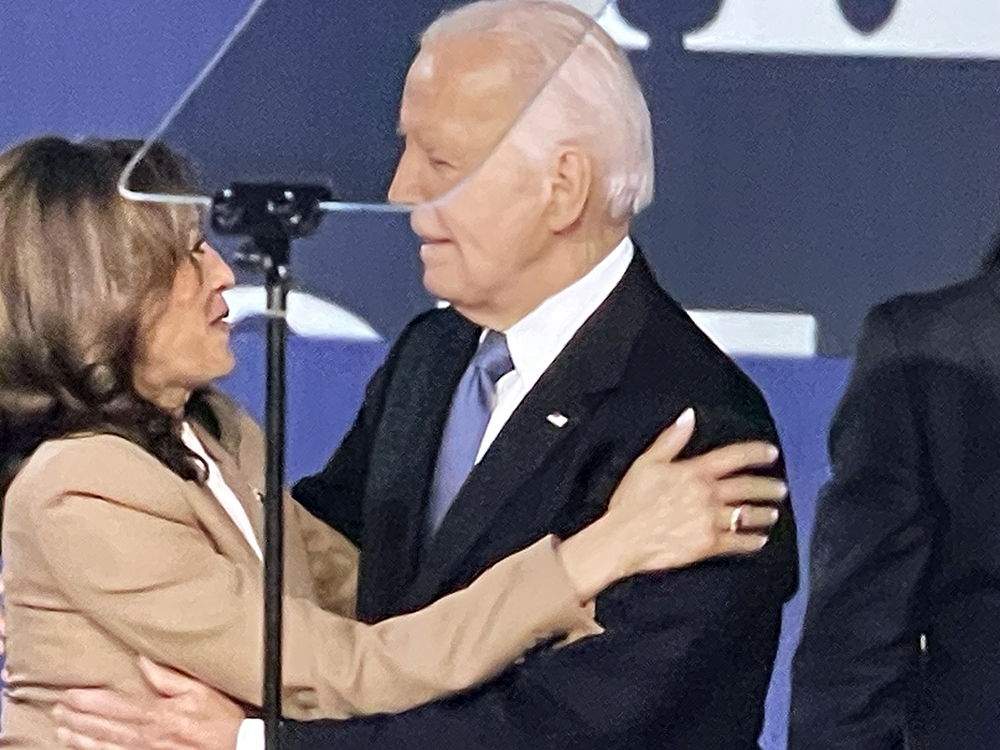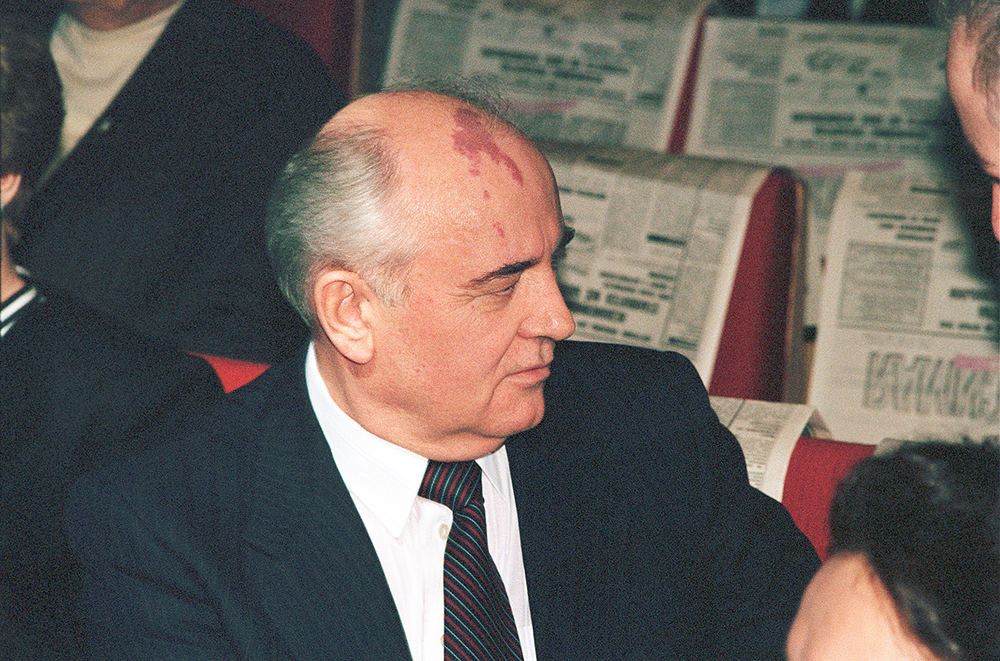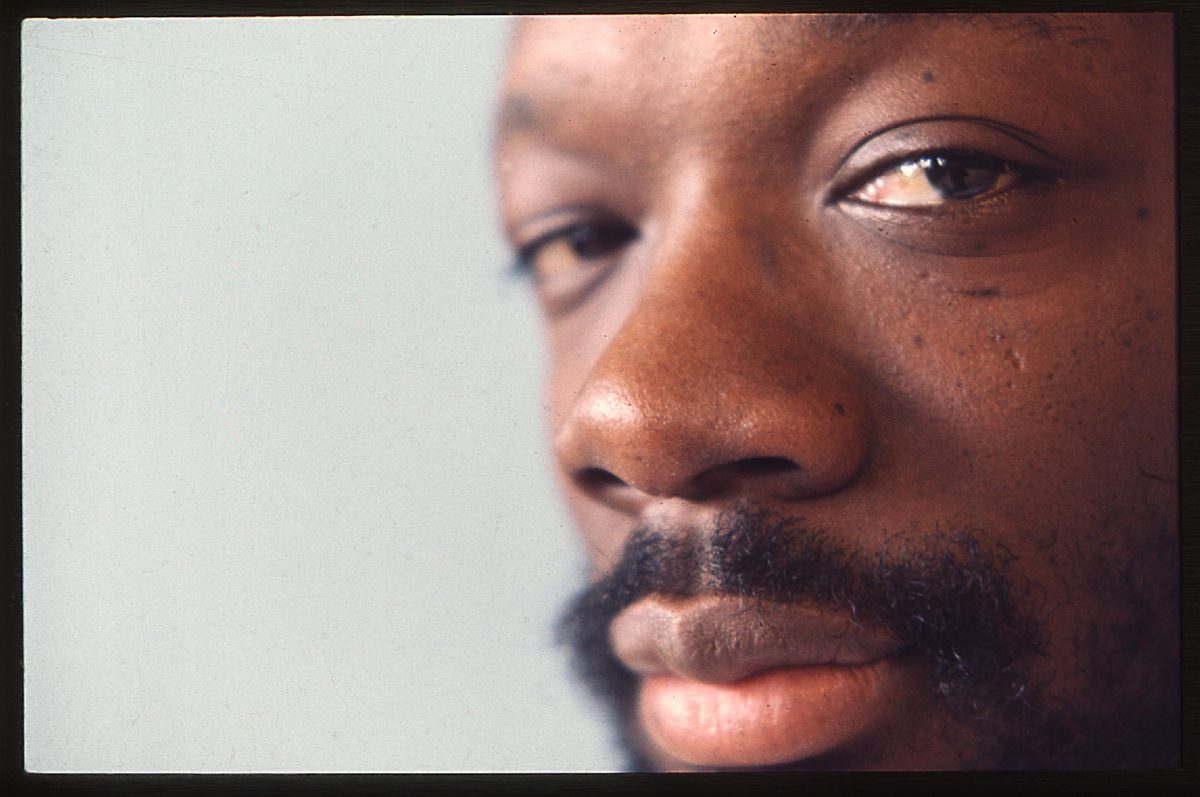As the November election approaches, the nation again nears a crossroads on healthcare, with candidates diverging on a basic question of equity: Who is to bear the risks and costs of care? For Donald Trump, his congressional allies, and conservative policy analysts, the answer is clear: cut government spending and shift the risks and costs back onto individuals, employers, and states. For Kamala Harris, the priorities move in a strikingly different direction: expand access to healthcare, strengthening the federal government’s role in guaranteeing healthcare for all Americans, no matter what their socioeconomic status may be.
The differences show up most pointedly in the candidates’ positions on the Affordable Care Act (ACA) and Medicaid. Fourteen years after Congress passed the ACA, providing subsidies that enabled millions of Americans to obtain health insurance, the percentage of uninsured Americans has declined to a historic low of less than eight percent. Vice President Harris has advocated for, and defended, the ACA, and is expected to support the extension of enhanced subsidies, introduced during the pandemic, beyond their expiration date of 2025. These subsidies have made it possible for many people to obtain marketplace coverage.
Donald Trump tried and failed to repeal the ACA in 2017, and since then he has vowed he “would make it much better than it is right now,” though without providing specifics. One likely course of action, however, would be to target the ACA’s protection of individuals against insurance denial because of preexisting health conditions. As president, Trump authorized the expansion of short-term insurance plans as an alternative to the more comprehensive ACA marketplace plans. These short-term plans allowed insurers to bar people from coverage because of preexisting conditions, and to set rates based on their medical histories.
More recently, the Republican Study Committee, a group comprising four-fifths of Republican congressional members and their leadership, released a budget proposal calling — among many other things — for an end to the federal government’s regulation regarding preexisting conditions, and allowing states to decide whether or not to keep the rule.
Medicaid also represents a major difference between the candidates. A joint federal-state program established in 1965 along with Medicare, Medicaid now provides health insurance for almost 75 million low-income Americans. When Congress passed the Affordable Care Act in 2014, it included a provision to expand Medicaid coverage to all Americans earning up to 138 percent of the Federal Poverty Level. Forty-one states, including the District of Columbia, adopted the expanded coverage, along with federal matching grants to go with it, and 10 states (primarily Republican-controlled states) rejected it, keeping insurance out of reach for many low-income residents.
As president, Donald Trump approved waivers allowing states to set work requirements in order for people to receive Medicaid, and waiver programs have proved costly and ineffective. The Biden-Harris administration withdrew those waivers, claiming that work requirements do nothing to advance the purpose of Medicaid, which has been to expand access to healthcare.
What should voters make of these differences? One way to begin answering the question is to listen to people closest to the issues. An internist working at a San Francisco public hospital writes of treating an indigent man who requested hospice care rather than undergoing an amputation for a bone infection in his arm, an infection that didn’t respond to antibiotics. The man explained that with an amputated arm, he’d be much more vulnerable to assault on the streets, and thus he opted for hospice — unless he was able to get housing — a goal far out of reach in a city with a critical shortage of available housing.
The man eventually died of sepsis (the physician refers to the cause as “end-stage poverty”), and the internist explains, “ … that illness in our patients isn’t just a biological phenomenon. It’s the manifestation of social inequality in people’s bodies.”
The U.S. spends more money per capita on healthcare than any comparable nation in wealth and size, and yet life expectancy in the nation is lower than that of any peer nation. There are many reasons for this, one certainly having to do with the U.S. being the only advanced nation without universal healthcare for its citizens. Poverty and racism factor significantly as well, with persistent indicators like major racial gaps in maternal and infant mortality. A recent California study found that babies born to the poorest Black mothers have almost twice the mortality rate of the poorest white mothers, and even babies born to the wealthiest Black mothers have a higher mortality rate than the poorest white mothers.
The U.S. has been slowly moving in the direction of other advanced nations, gradually increasing the federal role in guaranteeing healthcare for all. This November’s election will be a referendum of sorts, indicating a continuation of the present direction or a significant reversal of policy. At stake is a choice between leaving individuals more or less to their own devices in a highly unequal society, or recognizing that healthcare — and the eradication of inequity — is a collective responsibility.
Andrew Moss, syndicated by PeaceVoice, writes on labor, nonviolence, and culture from Los Angeles. He is an emeritus professor (nonviolence studies, English) from the California State University.














